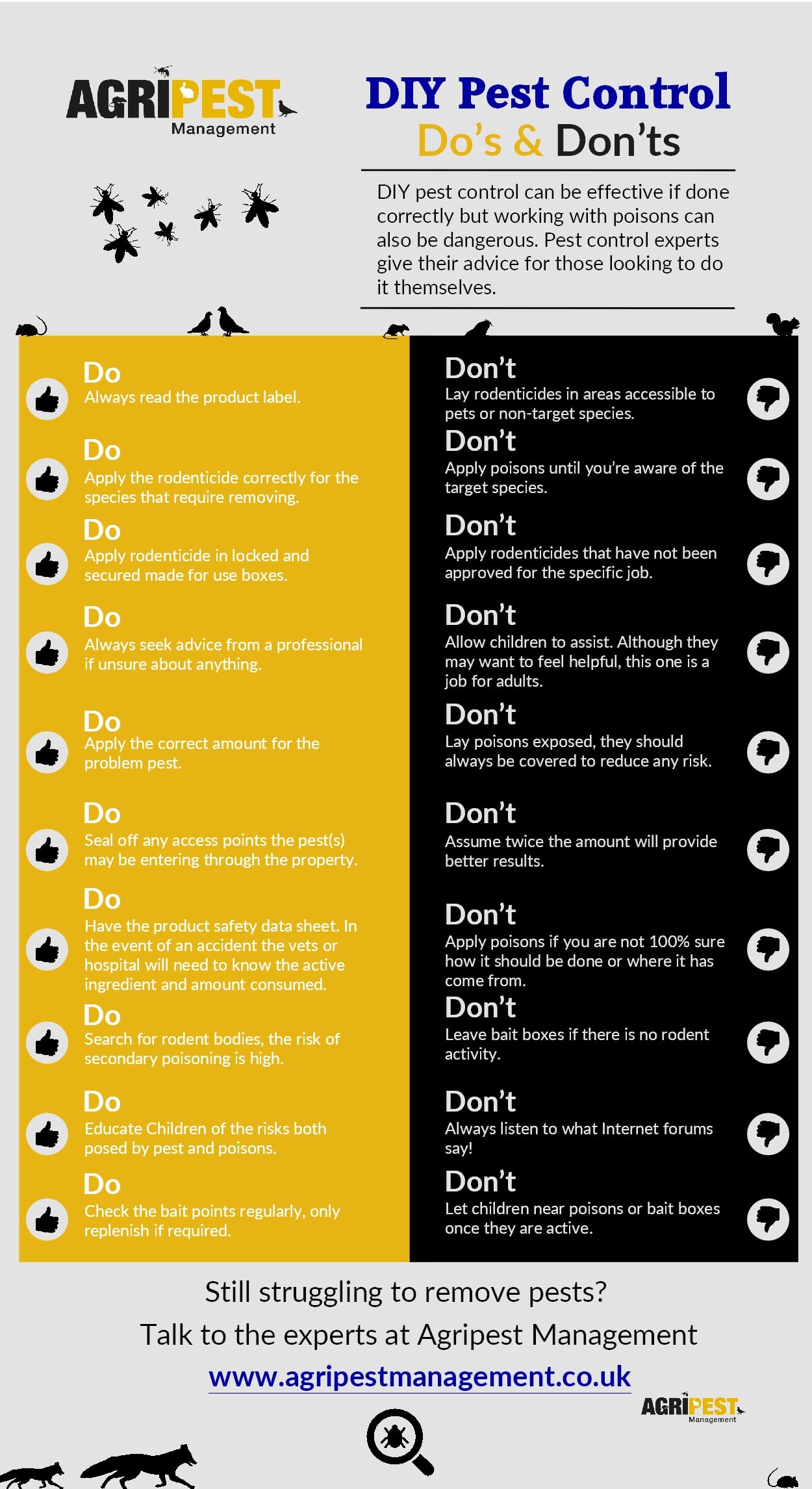Rodent-Proofing Your Attic: Important Tips For Homeowners
Rodent-Proofing Your Attic: Important Tips For Homeowners
Blog Article
Created By-Austin Hutchinson
Envision your attic room as a comfortable Airbnb for rats, with insulation as fluffy as hotel cushions and wiring a lot more attracting than area solution. Now, think of these undesirable guests throwing a wild celebration in your home while you're away. As have a peek at this site , ensuring your attic is rodent-proof is not nearly assurance; it has to do with securing your home and loved ones. So, what why not try here can you take to guard your shelter from these furry intruders?
Inspect for Entry Things
To begin rodent-proofing your attic room, check for entrance points. Start by meticulously examining the exterior of your home, trying to find any kind of openings that rats could use to access to your attic. Look for voids around utility lines, vents, and pipelines, as well as any cracks or holes in the foundation or siding. Ensure to pay close attention to areas where different structure materials meet, as these prevail entry points for rodents.
Additionally, check the roof covering for any damaged or missing out on tiles, as well as any kind of spaces around the sides where rats can squeeze through. Inside the attic room, try to find indicators of existing rodent activity such as droppings, chewed cables, or nesting materials. Make use of a flashlight to completely inspect dark corners and hidden rooms.
Seal Cracks and Gaps
Examine your attic completely for any splits and spaces that require to be secured to stop rodents from getting in. Rodents can squeeze with also the tiniest openings, so it's important to seal any type of prospective entry points. Examine around pipes, vents, wires, and where the walls fulfill the roofing. Utilize a combination of steel wool and caulking to seal these openings effectively. Steel wool is a superb deterrent as rodents can not eat via it. Ensure that all voids are securely sealed to deny accessibility to undesirable insects.
Do not forget the significance of sealing gaps around doors and windows as well. Use climate stripping or door moves to secure these locations properly. Check the locations where utility lines go into the attic and secure them off using an appropriate sealant. By taking the time to secure all splits and spaces in your attic, you develop an obstacle that rats will certainly find challenging to breach. Prevention is type in rodent-proofing your attic, so be comprehensive in your efforts to seal any kind of possible access factors.
Remove Food Sources
Take positive procedures to eliminate or keep all prospective food sources in your attic room to deter rats from infesting the space. Rodents are brought in to food, so eliminating their food resources is critical in maintaining them out of your attic.
Here's what you can do:
1. ** Store food securely **: Stay clear of leaving any food items in the attic. Shop all food in closed containers made from steel or heavy-duty plastic to avoid rodents from accessing them.
2. ** Clean up particles **: Remove any type of piles of particles, such as old newspapers, cardboard boxes, or wood scraps, that rats might use as nesting product or food sources. Keep the attic room clutter-free to make it much less appealing to rodents.
3. ** Dispose of garbage correctly **: If you use your attic room for storage space and have waste or waste up there, make sure to get rid of it consistently and appropriately. Rotting whole yard ant killer can draw in rodents, so keep the attic room clean and without any kind of natural waste.
Conclusion
To conclude, bear in mind that an ounce of avoidance is worth an extra pound of remedy when it involves rodent-proofing your attic.
By putting in the time to evaluate for entrance factors, seal fractures and voids, and eliminate food resources, you can keep unwanted pests at bay.
Remember, 'An ounce of avoidance is worth a pound of treatment' - Benjamin Franklin.
Remain positive and protect your home from rodent invasions.
